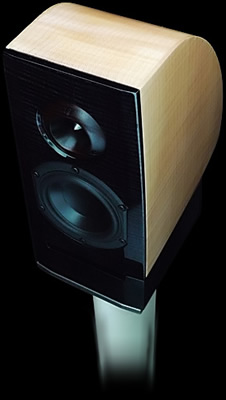My name is Toru Hara. I've been involved in recording live music for decades. And as an avid audiophile, I have owned and listened to a vast number of loudspeakers. From antique equipment of the 1930s to the latest high-end designs, I've listened to everything that I could get my hands on.
This quest has lead me to the conclusion that newer does not alwaysserve the music better. While there is much to admire in modern high-end loudspeakers, in many ways I've found the best classic designs to be at least as capable when it comes to reproducing music.
Yet this does not mean that modern high-end speakers and classic speakers sound the same, because they don't. Each approach has its strengths - and weaknesses. However, the important thing to note is that whether using modern high-end or classic loudspeakers, a troubling gap remains between live music and reproduced sound.Due to my friendships with both performers and instrument manufacturers, I have become painfully aware that there are marked differences in construction between loudspeakers and musical instruments.
So what are the hallmark differences between classic loudspeakers, modern high-end designs and musical instruments? Classic speakers tend to have cabinets made of relatively thin, light wood that can resonate fairly easily, while high-end designs have thick, heavy cabinets that are damped heroically in an attempt to kill every possible cabinet resonance. In contrast, musical instruments are made of thin tone-woods and further utilize sophisticated resonance control techniques in order to achieve the most pleasing reverberant qualities possible.
One of the instrument manufacturers I am closest to is Takamine.
As a world-renowned guitar maker, their instruments have been featured in countless performances and recordings. What made Takamine particularly attractive for the Kiso Acoustic speaker project was their knowledge of tone-woods, woodworking and resonance control techniques.Takamine had been involved in a previous speaker project in a primarily advisory role. I wondered what results could be achieved if the company was given a freer hand in designing and voicing the cabinet. So did Takamine.
And since the speaker drivers and crossover play a critical role in the sound of loudspeaker, I also enlisted the help of a team of speaker designers who I feel are among the best in the world.
Kiso Acoustic Co., Ltd.
2496-2 Sakashita, Nakatsugawa-shi, Gifu-ken 509-9232, Japan
Email: s.bjorge at kisoacoustic.com (for enquiries in English)





